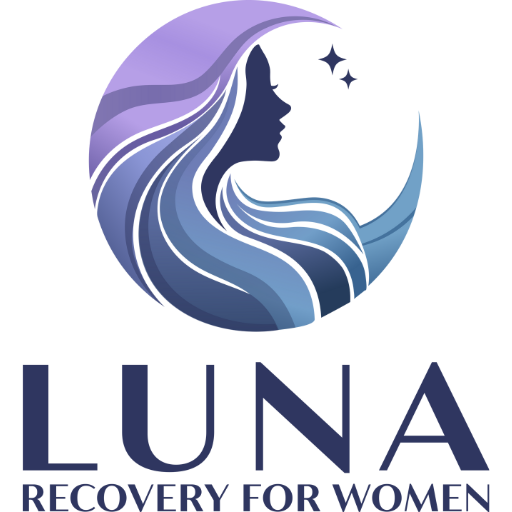Effective treatment for substance use disorders—especially opioid and alcohol addiction—often requires a combination of interventions. One of the most successful strategies is medication-assisted treatment (MAT), which pairs FDA-approved medications with counseling and behavioral therapies. This integrated method helps reduce cravings and withdrawal symptoms, allowing individuals to focus more fully on healing and long-term recovery.
In this article, we’ll break down what MAT involves, highlight commonly used medications, and explain how they help support lasting sobriety.
What is Medication-Assisted Treatment (MAT)?

Medication-assisted treatment offers a well-rounded strategy for managing substance use disorders. It combines targeted medications with therapy and counseling to treat both the physical and psychological aspects of addiction. MAT is not about substituting one drug for another. Instead, these medications help stabilize brain chemistry, reduce or block the euphoric effects of substances, and minimize withdrawal discomfort—without the highs and lows linked to substance abuse.
Research consistently supports MAT’s effectiveness in improving recovery outcomes. It reduces the risk of relapse, enhances survival rates, and helps individuals maintain healthier, more productive lives. MAT is especially beneficial for people dealing with opioid use disorder (OUD) and alcohol use disorder (AUD), offering a comprehensive path to recovery.
Commonly Used Medications in MAT
For Opioid Use Disorder
Methadone is a long-acting opioid agonist. It activates opioid receptors in the brain gradually and in a controlled manner. This reduces cravings, eases withdrawal, and blocks the effects of other opioids. Due to its potency and risk of misuse, methadone is dispensed only in certified clinics under medical supervision. It’s especially helpful for individuals with severe OUD who benefit from a highly structured treatment setting.
Buprenorphine is a partial opioid agonist that activates the brain’s opioid receptors to a lesser extent than full agonists like heroin. It reduces cravings and withdrawal symptoms with a lower risk of misuse. Buprenorphine can be prescribed in outpatient settings, making it more accessible than methadone. It’s often paired with naloxone to further discourage misuse, offering a safer option for many in recovery.
Unlike methadone or buprenorphine, naltrexone is an opioid antagonist. It blocks opioid receptors entirely, preventing any high from opioid use. Naltrexone must only be used after complete detox to avoid severe withdrawal. Available as a monthly injection (Vivitrol), it provides continuous protection against relapse.
For Alcohol Use Disorder
Naltrexone also works for AUD by reducing the pleasurable effects of alcohol and decreasing cravings. It helps individuals resist the urge to drink by weakening the brain’s reward response, aiding in sustained sobriety.
Acamprosate (Campral) helps restore the brain’s chemical balance after long-term alcohol use. It doesn’t treat withdrawal directly but is effective in reducing the emotional and physical discomfort that can arise during abstinence, supporting long-term recovery for those who have already detoxed.
Disulfiram (Antabuse) works by creating unpleasant physical reactions—such as nausea and headaches—if alcohol is consumed while on the medication. It doesn’t reduce cravings but acts as a deterrent, ideal for people who are highly motivated to stay sober and want a built-in safeguard against relapse.
How These Medications Aid the Recovery Process
Each MAT medication offers unique benefits tailored to the individual’s needs and the substance involved. Here’s how they support recovery:
- Eases withdrawal and cravings: Helps patients navigate the early, often challenging stages of sobriety
- Normalizes brain chemistry: Restores stability in the brain’s functioning disrupted by addiction
- Enhances therapy engagement: With fewer physical symptoms, individuals can better focus on behavioral and psychological healing
- Improves treatment retention: MAT leads to better long-term participation and outcomes than therapy or medication alone
- Reduces illicit substance use: A more stable lifestyle decreases the likelihood of criminal behavior or drug-seeking
When used alongside therapy, peer support, and relapse prevention strategies, MAT lays a strong foundation for a sustained recovery.
Addressing the Stigma Around MAT
Despite its proven effectiveness, MAT is still sometimes misunderstood. Critics may argue that using medications in recovery equates to substituting one addiction for another. However, medications used in MAT are clinically prescribed, medically supervised, and designed to support—not hinder—recovery.
Raising awareness and understanding of MAT is essential in combating stigma. When recognized as a legitimate, evidence-based treatment, MAT can open the door to recovery for countless individuals who might otherwise hesitate to seek help.
Access Medication-Assisted Treatment (MAT) in North Andover, MA

If you or someone you care about is seeking help, medication-assisted treatment (MAT) is available 24/7 at Luna Recovery for Women.
Contact us anytime at (855) 943-0472 or info@lunarecoverycenter.com, or visit us at 1270 Turnpike St, North Andover, MA (01845).
Recovery is possible. Let us help you find your way.
